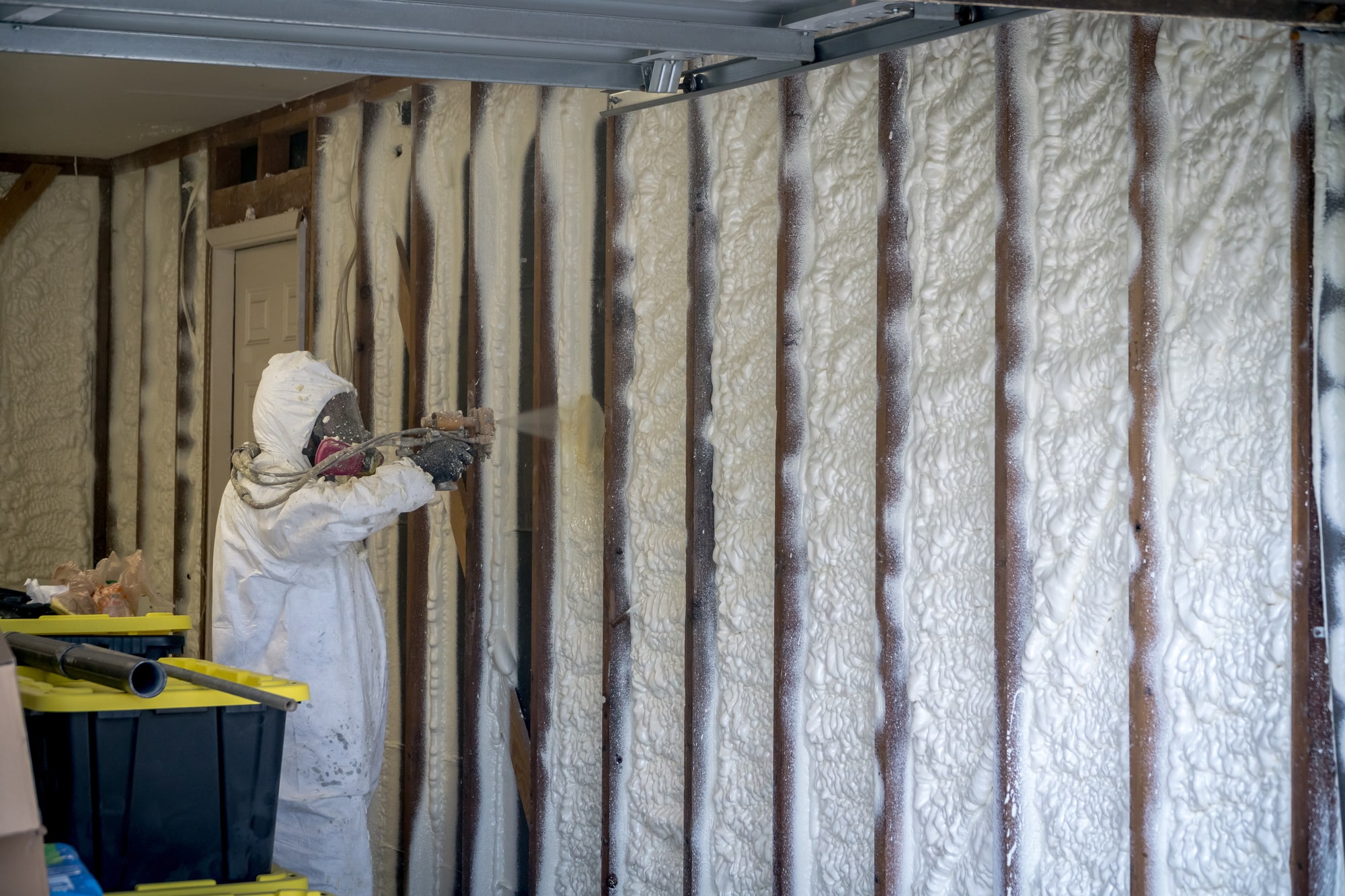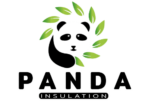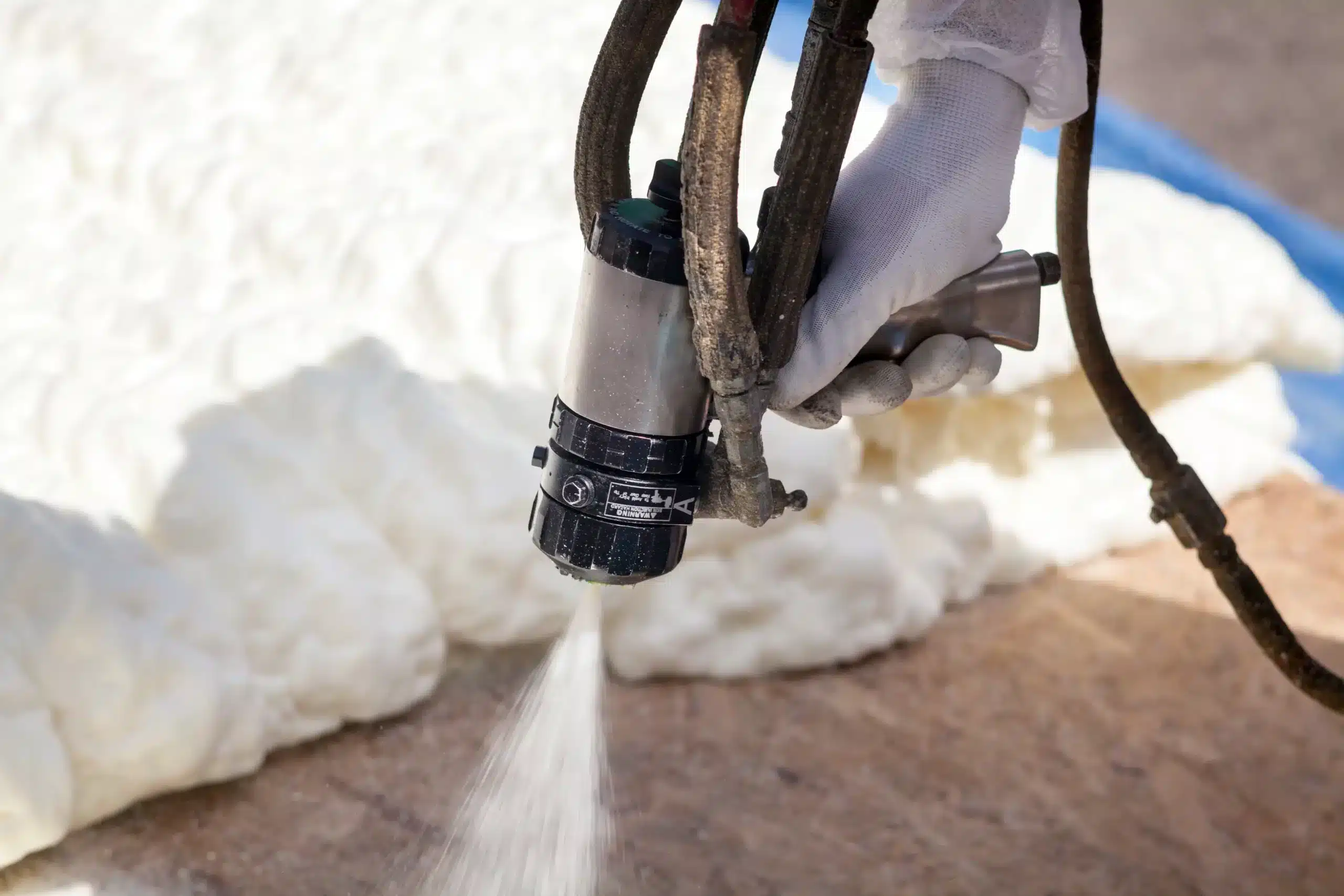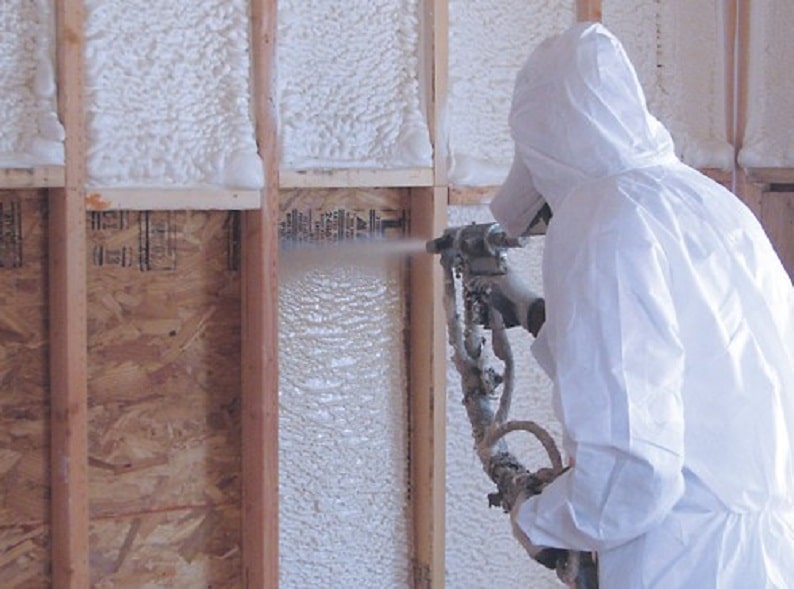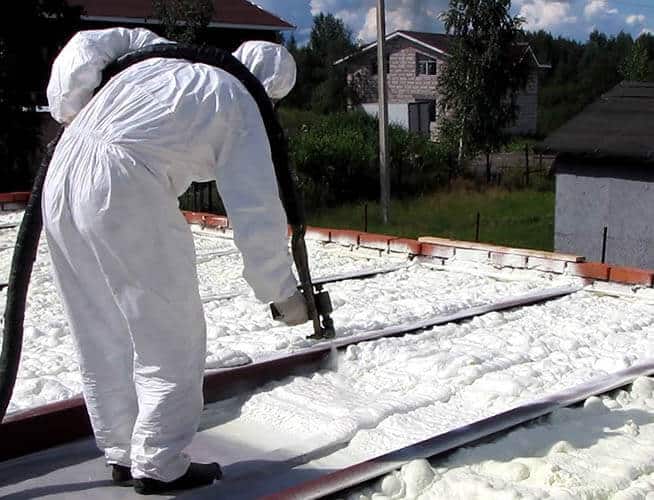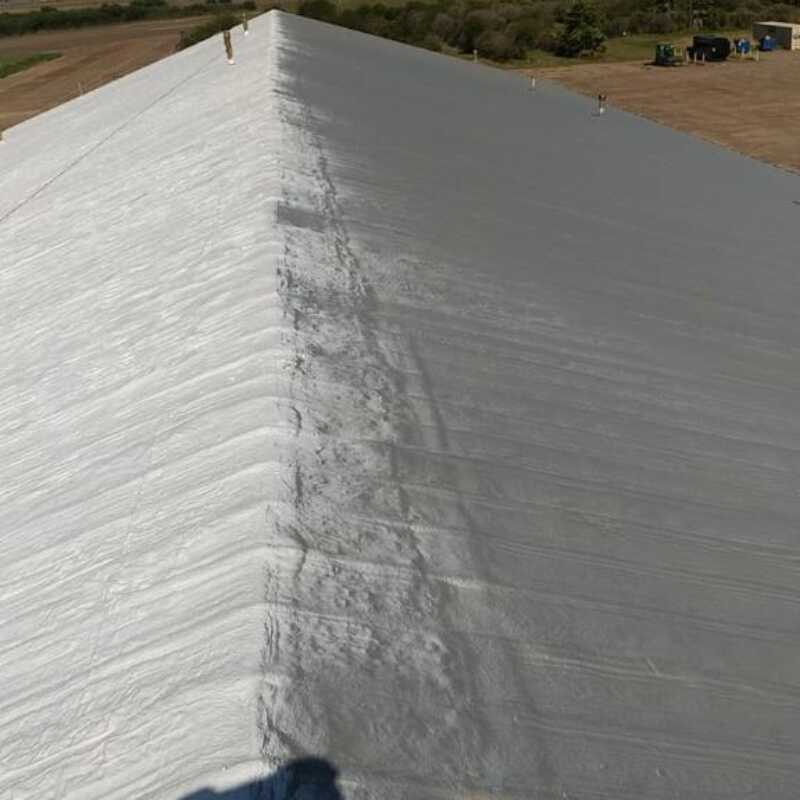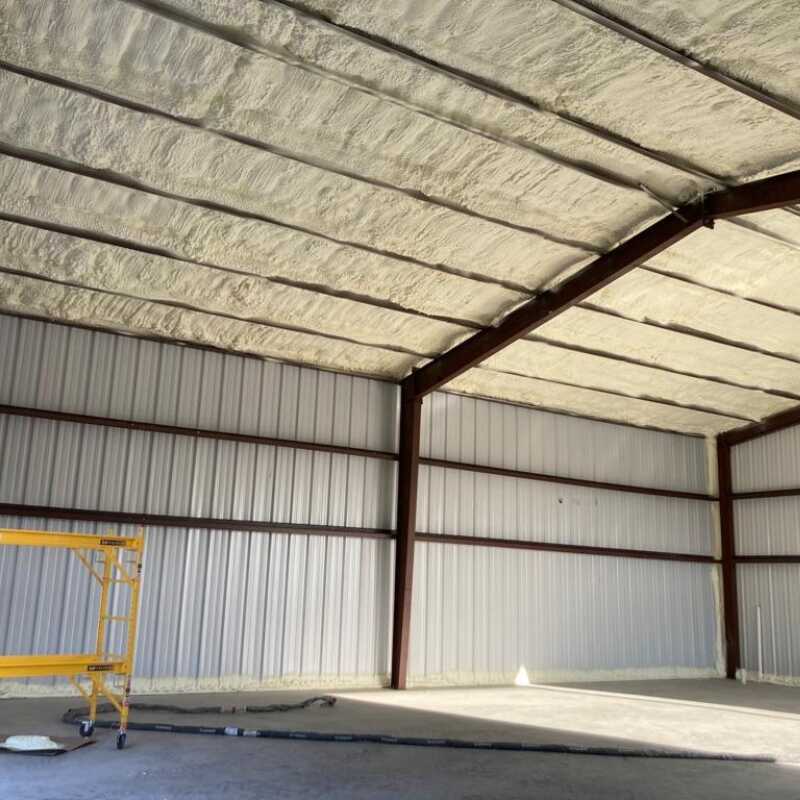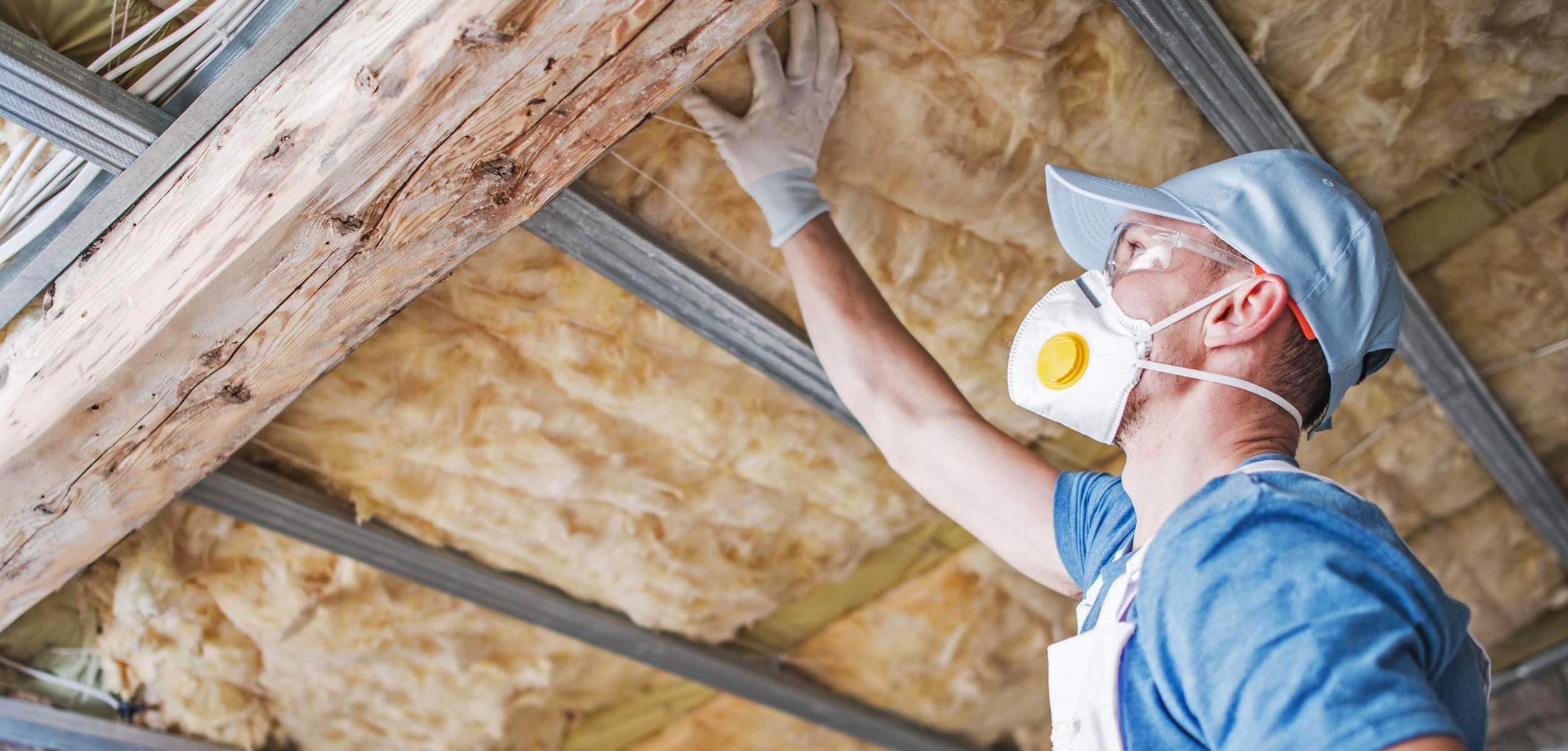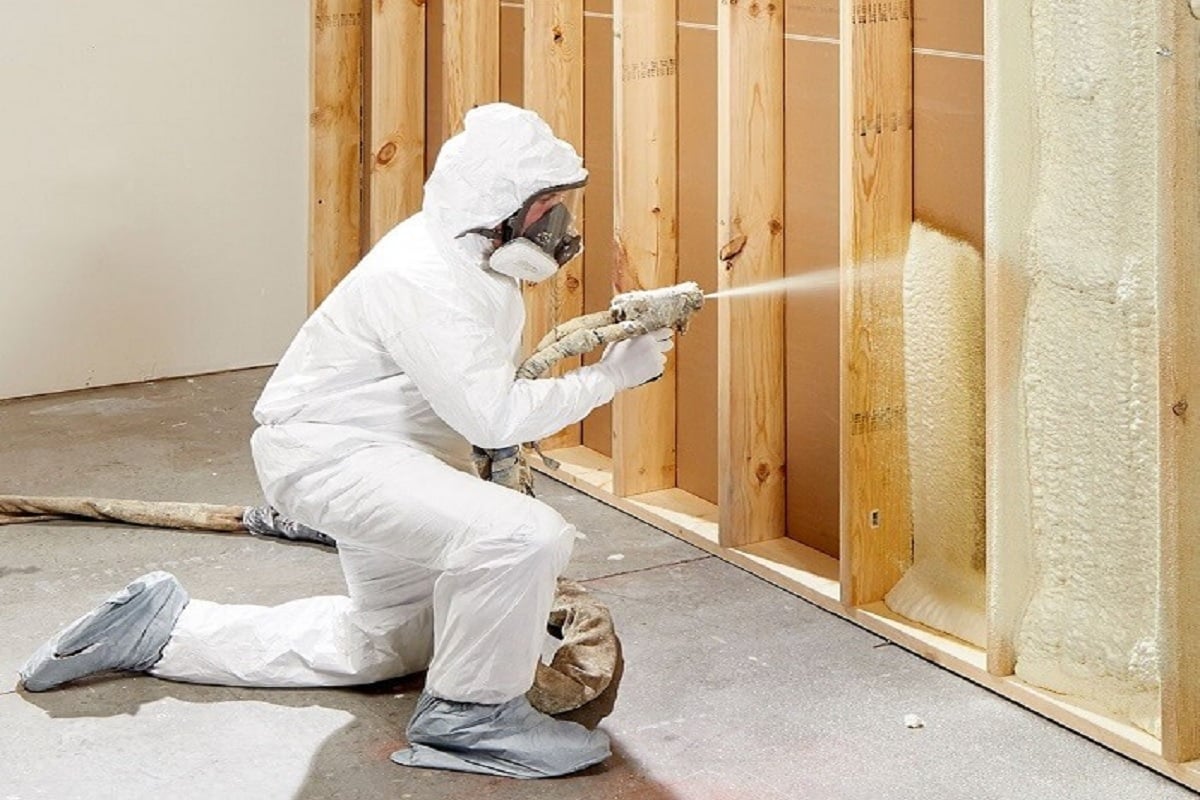While DIY spray foam kits are available for those interested in taking a hands-on approach, it’s important to understand the complexities involved in spray foam insulation. Professional installation is typically recommended for the best results.
Proper application is essential for achieving maximum energy efficiency and ensuring the insulation performs as intended. Professional installers have the knowledge and experience to assess your property’s unique needs and apply the insulation correctly. They can handle complex installations, address irregular spaces, and retrofit existing structures, which can be challenging for the average homeowner.
In addition to the risk of improper application, working with spray foam insulation requires safety precautions due to the chemicals involved in the installation process. Professional installers are trained to handle these materials safely and efficiently, reducing the potential for errors or health risks.
While DIY may be suitable for smaller, straightforward projects where you possess the necessary skills and knowledge, for most situations, it’s advisable to invest in professional installation to ensure the insulation’s optimal performance and energy savings.
